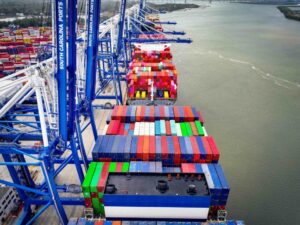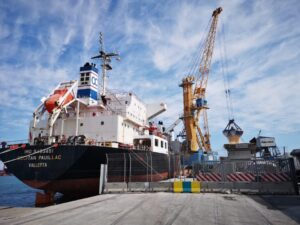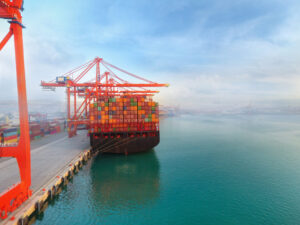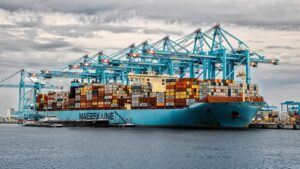DSP Data and System Planning, a provider of IT solutions, has successfully supported the transition of DP World’s Prince Rupert Terminal to the Navis N4 terminal operating system (TOS).
According to a statement from DSP, Prince Rupert selected Navis N4 to improve efficiency, guarantee scalability and sustain their expansion plans.
In November 2018, the government of Canada announced that it would invest US$16.7 million to boost the port’s transportation infrastructure, as part of a wider initiative to improve the country’s trade with Asia.
Explore IT solutions and business consultancy services by DSP in PTI's Supplier Directory
Another part of Prince Rupert’s expansion involved the installation of large cranes, increasing the port’s capacity to 1.35 million TEU annually.
The expansion process also required a change from the legacy TOS to Navis N4, which was completed on October 18, 2018.
Due to the potentially disruptive impact on operating processes caused by TOS migration, DSP has been assigned the duties of project management, software quality assurance, and the analysis and review of business processes.
Derek Kober, Navis, emphasises the importance of data sharing as a method of collaboration in a recent Port Technology technical paper
Ricardo Alvarez, Director of Operations of DP World Prince Rupert, commented: “Go-live was a success. Thank you to the entire team led by DSP.
“Our terminal is now equipped with NAVIS N4, the latest generation TOS, enabling us to better plan for more volume and increased productivity, all while further improving the level of service offered to customers.”
Daniele Labate, Senior Manager of DSP and Project Manager for Prince Rupert N4 Go Live, added: “Terminal operations were stopped for a few hours in the night to allow for data migration.
“Operations were restarted promptly and were quickly ramped-up and back to standard performances in three days after Go-live.”










